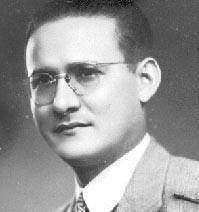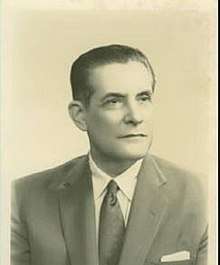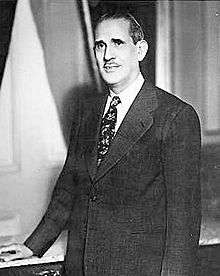1958 Cuban general election
General elections were held in Cuba on 3 November 1958.[1] The three major presidential candidates were Carlos Márquez-Sterling of the Partido del Pueblo Libre, Ramón Grau of the Partido Auténtico and Andrés Rivero Agüero of the Coalición Progresista Nacional. There was also a minor party candidate on the ballot, Alberto Salas Amaro for the Union Cubana party. Voter turnout was estimated at about 50% of eligible voters.[2] However, he was unable to take office due to the Cuban Revolution.[3]
| |||||||||||||||||||||
| |||||||||||||||||||||
| |||||||||||||||||||||
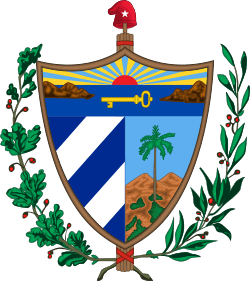 |
|---|
| This article is part of a series on the politics and government of Cuba |
|
|
Legislature |
|
Judiciary
|
|
Administrative divisions |
|
|
Background
The rebels had publicly called for an election boycott, issuing its Total War Manifesto on 12 March 1958, threatening to kill anyone that voted.[4]
Results
President
| Candidate | Party | Votes | % | |
|---|---|---|---|---|
| Andrés Rivero Agüero | Coalición Progresista Nacional | 428,166 | 70.40 | |
| Carlos Márquez Sterling | Partido del Pueblo Libre | 95,447 | 15.69 | |
| Ramón Grau | Partido Auténtico | 75,789 | 12.46 | |
| Alberto Salas Amaro | Partido Unión Cubana | 8,752 | 1.44 | |
| Total | 608,154 | 100.00 | ||
| Source: Bonachea & San Martin[5] | ||||
Chamber of Representatives
The 166 members of the Chamber of Representatives were elected; 85 for a four-year term 81 for a two-year term.[6]
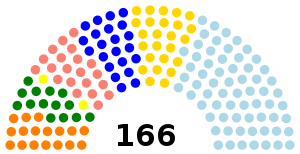 | ||
|---|---|---|
| Party | Seats | |
| Progressive Action Party | 65 | |
| Liberal Party | 25 | |
| Democratic Party | 22 | |
| Radical Union Party | 21 | |
| Partido Auténtico | 17 | |
| Partido del Pueblo Libre | 14 | |
| Partido Unión Cubana | 2 | |
| Total | 166 | |
| Source: Diario de la Marina.[6] | ||
Aftermath
Rivero Agüero was due to be sworn-in on 24 February 1959. In a conversation between him and the American ambassador Earl E. T. Smith on 15 November 1958, he called Castro a "sick man" and stated it would be impossible to reach a settlement with him. Rivero Agüero also said that he planned to restore constitutional government and would convene a Constitutional Assembly after taking office.[7]
References
- "Todas las magistraturas de la Nación serán cubiertas mañana en 8,521 colegios electorales". Diario de la Marina. 2 November 1958. Retrieved 1 June 2018.
- Manuel Marquez-Sterling (2009) Cuba 1952-1959: The True Story of Castro's Rise to Power, Kleiopatria Digital Press
- Nohlen, D (2005) Elections in the Americas: A data handbook, Volume I, p217 ISBN 978-0-19-928357-6
- "Castro/M-26-7 Total War on Tyranny Manifesto 1958". Retrieved 12 January 2019.
- Ramon L. Bonachea & Marta San Martin (2011) Cuban Insurrection 1952-1959, Transaction Publishers
- "Composición y clasificación de la Cámara en enero del 59". Diario de la Marina (in Spanish). 21 December 1958. Retrieved 1 June 2018.
- 154. Memorandum of a Conversation Between the Ambassador in Cuba (Smith) and President-Elect Rivero Agüero, Havana, November 15, 1951 Office of the Historian
